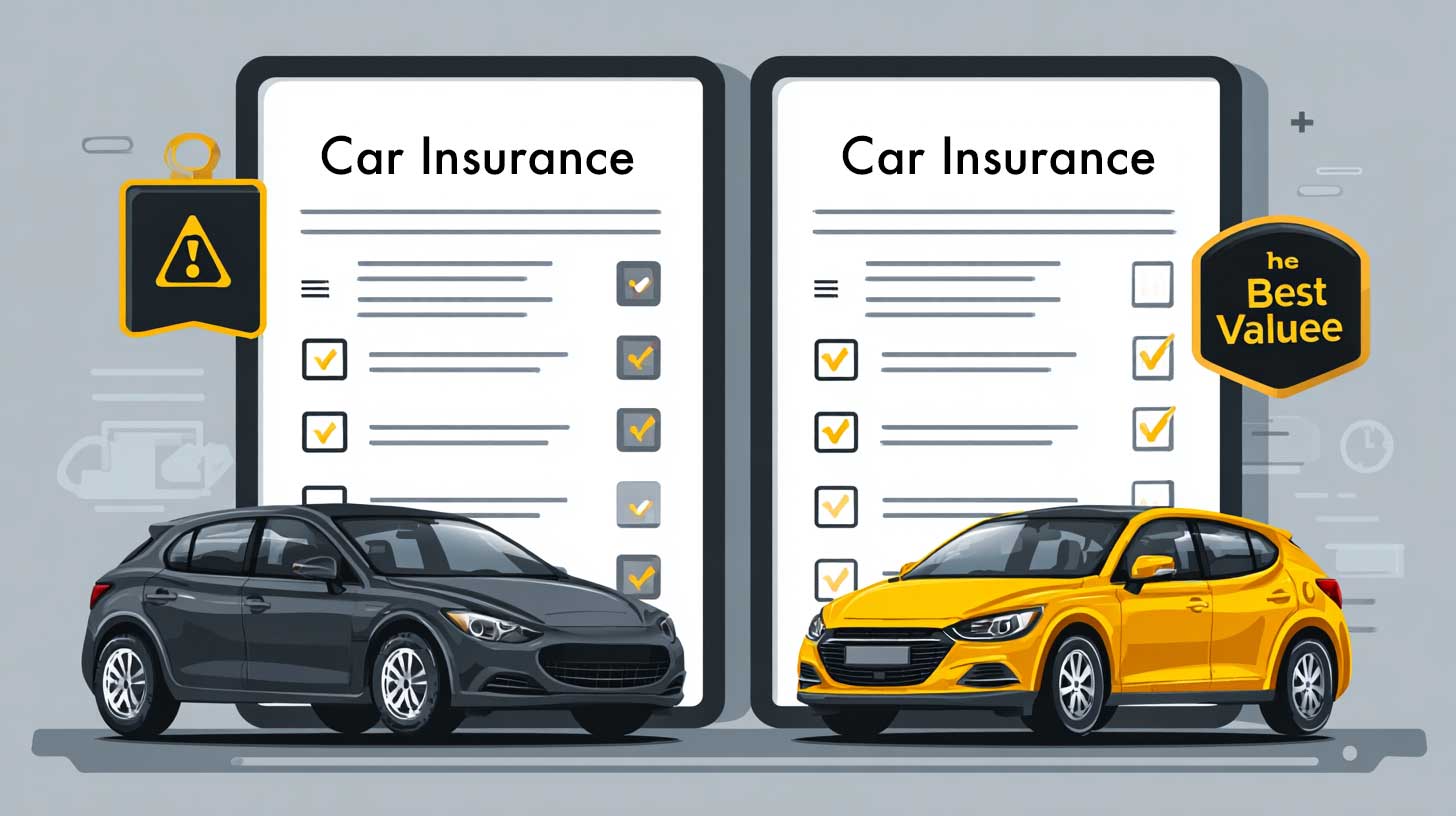How Do Car Insurance Deductibles Work?
If you’ve ever filed an auto insurance claim, you’ve probably heard the word “deductible.” But what does it actually mean? Simply put, your deductible is the amount of money you agree to pay out of pocket before your insurance coverage kicks in. Choosing the right deductible is a balancing act between monthly savings and potential risk.
What Is a Deductible?
A deductible is your share of the cost in a claim. Let’s say you have a $500 deductible and you get into an accident that causes $4,000 in damage. You pay the first $500, and your insurance covers the remaining $3,500.
When Does a Deductible Apply?
Deductibles usually apply to:
- Collision coverage – if you hit another car or object.
- Comprehensive coverage – for non-collision damage like theft, hail, or vandalism.
You generally don’t pay a deductible for liability claims—those are paid out to the other party if you're at fault.
Higher Deductible = Lower Premium
The higher your deductible, the lower your monthly insurance premium. That’s because you’re agreeing to shoulder more of the financial risk if something happens.
- $250 deductible: Higher monthly premium, lower out-of-pocket cost if you file a claim.
- $1,000+ deductible: Lower premium, but you’ll pay more up front in an accident.
How to Choose the Right Deductible
There’s no one-size-fits-all answer. Ask yourself:
- Can you afford to pay a $1,000 deductible if you need to?
- Do you drive frequently in high-risk areas or park on the street?
- Have you had multiple claims in the past?
- Is your car financed or leased? (Lenders often set maximum deductible limits.)
Watch for Separate Deductibles
Some policies have separate deductibles for comprehensive and collision, or even special deductibles for certain situations like hurricane damage or glass-only claims. Review your policy carefully.
The Bottom Line
A deductible is more than just a number—it’s a key part of your risk strategy. Choose one that makes sense for your financial situation and driving habits. And remember: a lower premium today could mean a bigger financial hit later.
In the next article, we’ll dive into what factors influence your car insurance rate, including some you can control—and some you can’t.


